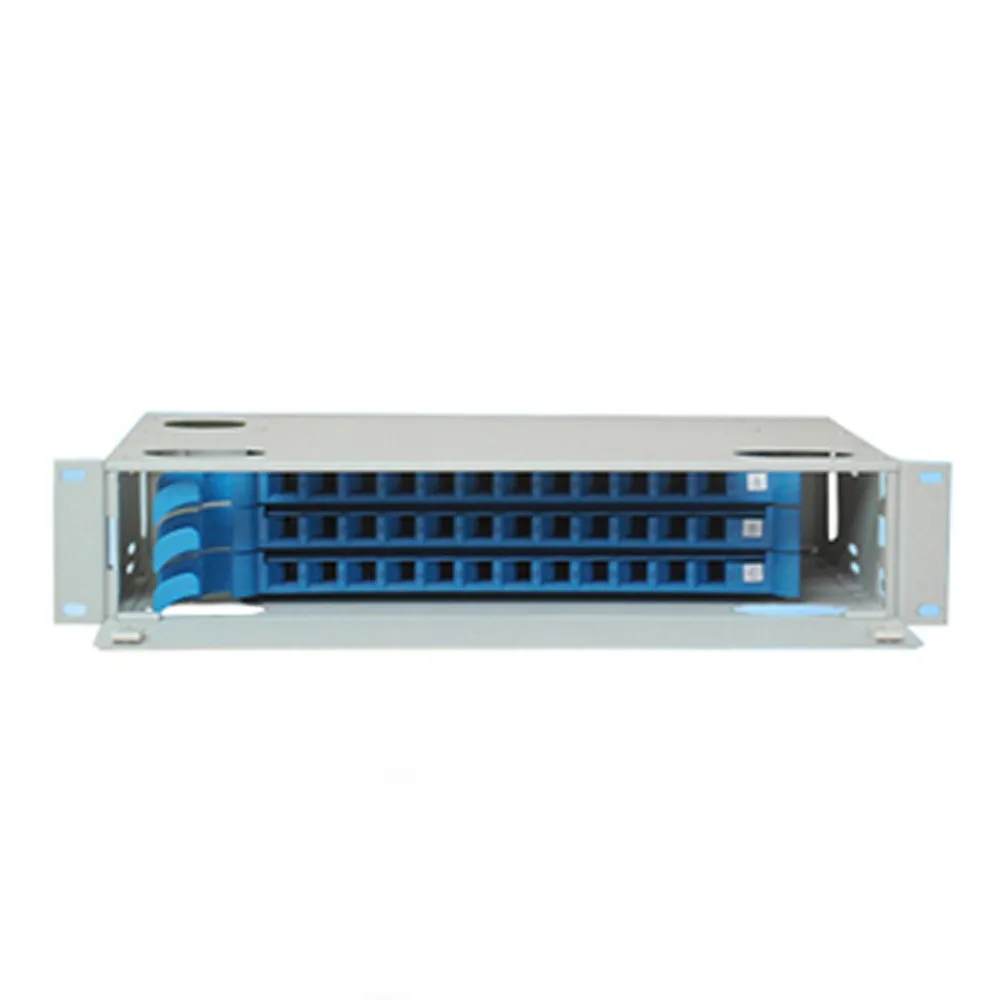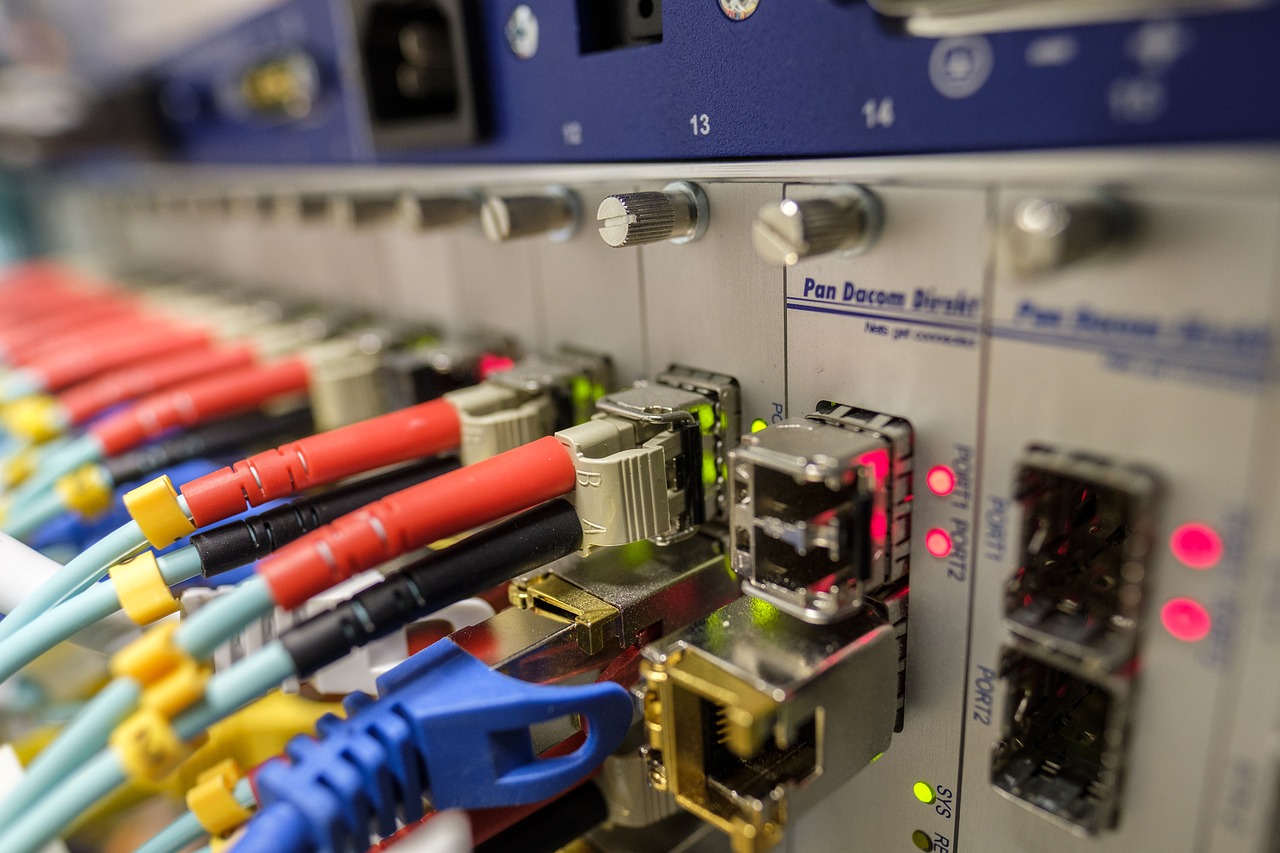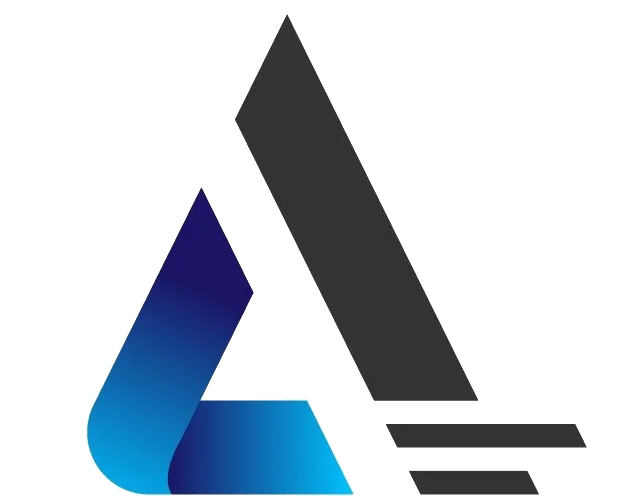Exploring the Features of a Standard 19 Inch Fiber Optical Distribution Frame

Welcome to the World of Fiber Optics
As I delved into the fascinating realm of Fiber Optical technology, I was captivated by its potential and versatility. My first exposure to this cutting-edge technology occurred during a high school project that sparked my interest in its applications and impact on modern communication systems.
A High School Project That Sparked Interest
During a science fair, I had the opportunity to explore the intricate workings of Fiber Optical cables and their ability to transmit data at incredible speeds over long distances. This experience ignited a curiosity within me, prompting me to delve deeper into the world of fiber optics.
Why Fiber Optics Matter in Our Daily Lives
From powering our internet connections to facilitating seamless telecommunications, Fiber Optics play an integral role in our daily lives. The reliance on fiber optic networks has revolutionized the way we communicate, enabling rapid data transfer and ensuring reliable connectivity across various platforms.
Understanding the Standard 19 Inch Rack-Mounted Distribution Frame
As we explore the world of Fiber Optics, it's essential to understand the significance of the standard 19-inch rack-mounted distribution frame. This standardized infrastructure component plays a pivotal role in supporting and organizing fiber optic cables within network systems.
What Makes It "Standard"?
The term "standard" in the context of a rack-mounted distribution frame refers to its adherence to industry-wide specifications and dimensions. The standard 19-inch measurement holds paramount importance as it ensures compatibility and uniformity across various network installations. This consistency allows for seamless integration and interchangeability of components, promoting efficiency and ease of maintenance.
The Significance of the 19 Inch Measurement
The standard 19-inch measurement is not arbitrary; it has historical roots in the telecommunication and electronics industries. This dimension became prevalent due to its compatibility with standard equipment racks, providing a versatile and widely accepted form factor for mounting various networking devices. As technology advanced, this measurement persisted as a benchmark for ensuring interoperability and ease of deployment across diverse network environments.
The Basics of a Rack-Mounted Setup
A rack-mounted setup involves securing electronic equipment or components onto a framework with standardized measurements, typically utilizing screws or other fastening mechanisms. In the context of fiber optics, this setup accommodates distribution frames that serve as central points for managing incoming and outgoing optical fibers.
How It Fits into the Bigger Picture of Network Infrastructure
The rack-mounted distribution frame forms an integral part of the broader network infrastructure, facilitating efficient cable management and connectivity. By housing fiber optic cables within organized enclosures, it enables technicians to access, maintain, and reconfigure connections with precision. This centralized arrangement streamlines troubleshooting processes and minimizes downtime in critical communication networks.
Flexible Installation and Its Benefits
As we delve into the realm of fiber optics, it's crucial to grasp the concept of Flexible Installation and its profound impact on adapting to diverse environments and needs.
What Does Flexible Installation Really Mean?
Flexible Installation encompasses the ability of a system or infrastructure to adapt seamlessly to various environmental conditions and specific requirements. In the context of fiber optic distribution frames, this flexibility extends to accommodating different types of cabling, connectors, and spatial constraints. The versatility inherent in a flexible installation empowers network engineers to tailor solutions that align with unique operational demands, whether in urban settings or expansive rural landscapes.
Adapting to Different Environments and Needs
The essence of Flexible Installation lies in its capacity to navigate through challenging terrains, harsh weather conditions, and evolving technological landscapes. By embracing adaptable designs and modular configurations, fiber optic distribution frames can be deployed across a spectrum of environments, ranging from industrial facilities with stringent safety standards to outdoor installations exposed to varying temperatures and moisture levels. This adaptability ensures that critical communication infrastructures remain resilient and operational under diverse circumstances, safeguarding connectivity for businesses, communities, and essential services.
The Advantages of a Flexible Setup
Embracing a Flexible Installation approach offers an array of benefits that extend beyond initial deployment, paving the way for streamlined maintenance procedures and future scalability.
From Easy Upgrades to Simplified Maintenance
The inherent agility of a Flexible Setup enables seamless integration of new technologies and expansion of existing networks without requiring extensive overhauls. This adaptability translates into cost-effective upgrades as organizations can leverage their current infrastructure while incorporating advanced components or increasing capacity as demand grows. Furthermore, simplified maintenance routines are facilitated by the modular nature of flexible installations, allowing technicians to address specific segments or components without disrupting the entire network operation. This targeted approach minimizes downtime during maintenance activities while optimizing resource allocation for efficient upkeep.
Wrapping Up
Reflecting on the journey through Fiber Optics fills me with a sense of awe and appreciation for the profound impact this technology has on our present and future. The knowledge gained from exploring fiber optics not only enriches our understanding of modern communication systems but also holds the potential to shape the trajectory of technological advancements in the years to come.
Reflecting on the Journey Through Fiber Optics
As I look back on the exploration of Fiber Optics, it becomes evident that this technology serves as a cornerstone for innovation and progress. The seamless transmission of data, the reliability of connectivity, and the adaptability to diverse environments underscore the significance of fiber optics in powering our interconnected world. Understanding its intricacies empowers us to contribute to its evolution and harness its capabilities for addressing emerging challenges across various industries.
How This Knowledge Can Impact Our Future
The insights gained from delving into Fiber Optical technologies can pave the way for groundbreaking developments in fields such as telecommunication, healthcare, and infrastructure. By leveraging this knowledge, we can drive advancements in high-speed data transfer, enhance telemedicine capabilities, and fortify critical communication networks. Furthermore, integrating fiber optics into emerging technologies like Internet of Things (IoT) and 5G networks holds promise for creating more efficient, sustainable, and interconnected ecosystems.
Encouraging Further Exploration
For those eager to delve deeper into the realm of Fiber Optical technologies, there are abundant resources available to expand your knowledge. Engaging in specialized courses offered by renowned educational institutions or seeking mentorship from industry experts can provide valuable insights into cutting-edge developments and practical applications. Additionally, staying updated with industry publications, attending conferences, and participating in online forums can foster continuous learning and collaboration within the vibrant community of fiber optic enthusiasts.
Where to Learn More About Fiber Optical Technologies
Explore online courses offered by leading universities specializing in Fiber Optical communications.
Join professional associations dedicated to advancing knowledge in fiber optics.
Attend industry conferences focused on emerging trends and innovations in fiber optic technologies.
See Also
Essential Characteristics of 144-Core, 1U, 19” MPO-LC, OM4 Fiber Optic Panel
Uncovering Vital Aspects of 55mm Single Mode SC APC Fiber Connector
Exploring Top Qualities of 12-Core Singlemode MPO SC/APC Fiber Trunk
Mastery of Fiber Optic Communication: Utilizing Nylon Cable for FTTR
The 4 Strong Advantages of Optical Cable for Visible FTTR Setup


